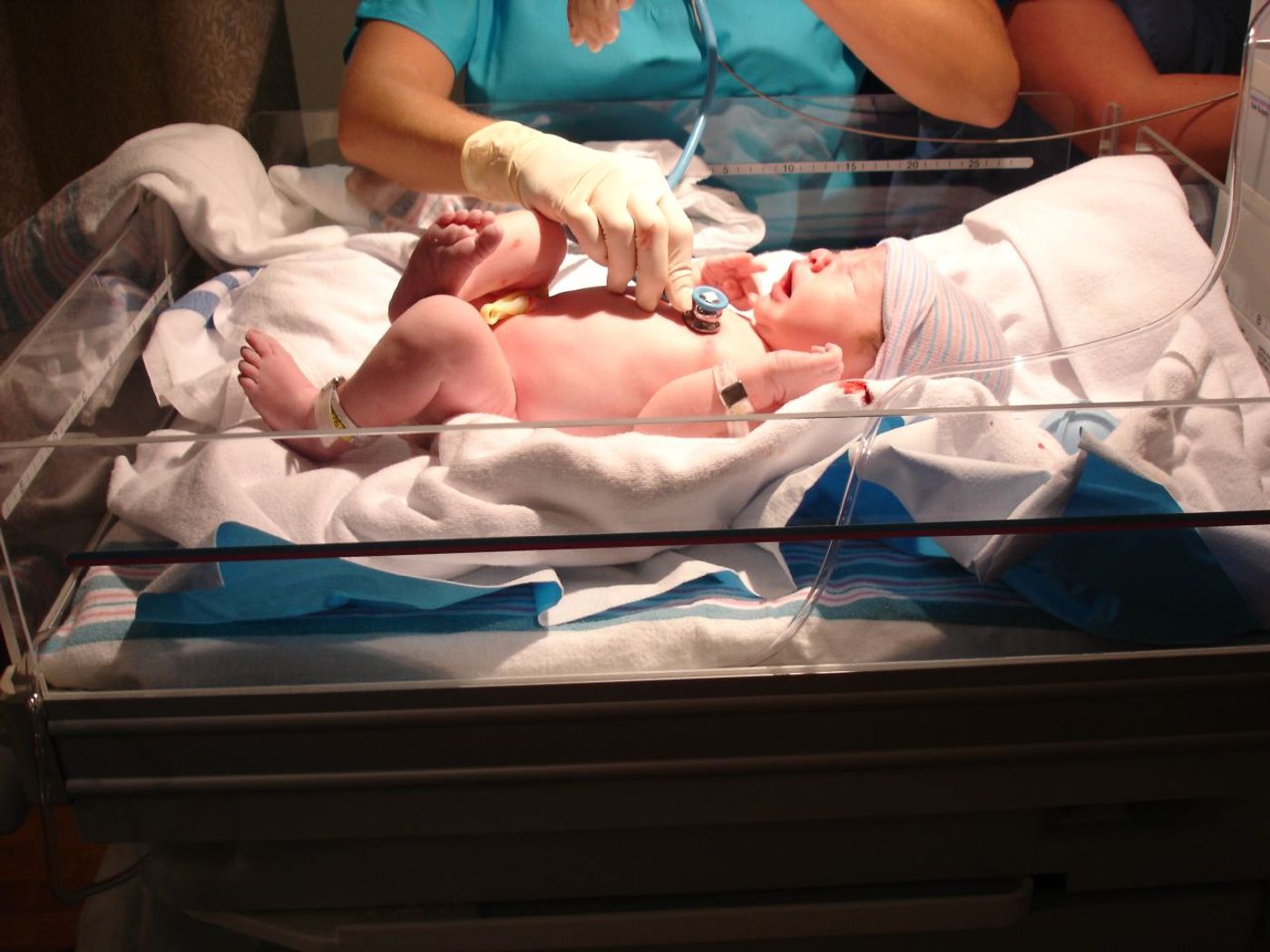For newborns in neonatal intensive care units with rare and complex diseases that doctors do not come across on a regular basis, production of an accurate molecular diagnosis can take months or even years. For worried parents, it can seem like a lifetime. A new study published in the
Canadian Medial Association Journal offers a solution for infants and their families who are playing the waiting game, and it revolves around next-generation gene sequencing to deliver a diagnosis.
In a clinical trial with 20 newborns, each with a set of complicated medical issues, researchers tested a new genetic sequencing protocol that includes a panel of all 4183 genes known to be associated with all rare diseases known to medicine. Over half of the newborns had neurological symptoms, including chronic seizures and hypotonia, a state of “floppiness.” Medline Plus describes hypotonia like this:
“Infants with normal tone can be lifted with the adult's hands placed under the armpits. Hypotonic infants tend to slip between the hands as the infant's arms rise without resistance.”
For about 40 percent of the infants presenting with complex symptoms, the new sequencing technique led to a molecular diagnosis. For two infants, the molecular diagnosis made by the experimental gene sequencing technique had a substantial impact on how their doctors approached their medical treatment.
"This technique can be performed in a hospital-based laboratory without the need to send samples away, often out of the country," states Dr. David Dyment. "This will allow for diagnoses to be made quickly, providing answers to anxious families and potentially life-saving interventions in some cases."
The current method of diagnosing newborns with these symptoms involves conducting several tests, looking for specific gene mutations or abnormal expression levels. The new system that tests 4183 genes known to indicate disease greatly accelerates the diagnosis process, leading to quicker onset of an appropriate treatment plan, and ultimately better health outcomes for the infant.
“It can also indicate whether other family members may be at risk of the same disease and provide an accurate recurrence risk for future pregnancies,” Dyment pointed out.
It is important for doctors who want to successfully implement this system of genetic sequencing in the detection of rare and complex newborn diseases to communicate effectively with local neonatologists, intensive care physicians, and genetics laboratories. Successfully executing this technology now offers the “potential to transform the practice of clinical genetics,” Dyment claims.
Sources:
Canadian Medical Association Journal,
MedlinePlus









